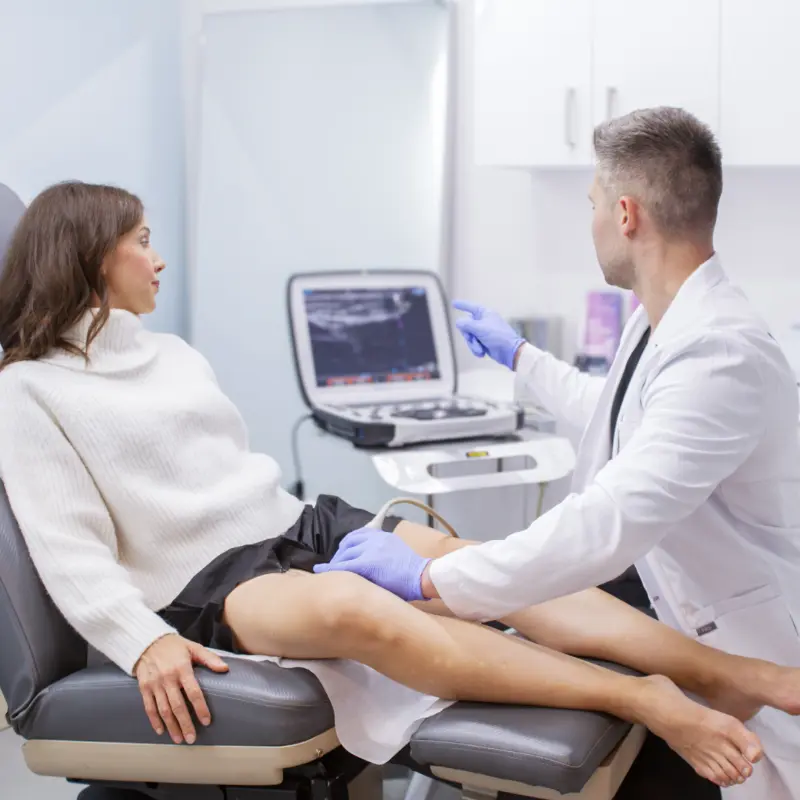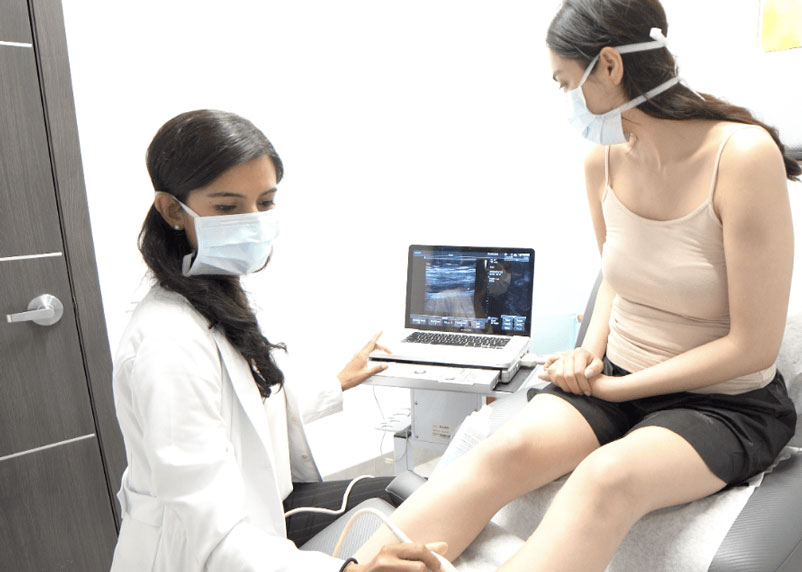What are varicose veins?
When most people think of varicose veins, they think of unsightly, blue, or purple lumps under the skin that can be seen just under the surface. But while they may be unsightly, varicose veins are more than just a cosmetic issue. In fact, varicose veins can cause a great deal of discomfort and, in some cases, can lead to more serious health problems.

So, what are varicose veins? Simply put, they are abnormal, swollen veins that have become permanently dilated. They are most common in the legs and can occur when the valves in the veins that are responsible for blood flow become damaged or weakened. This damage can be caused by a variety of factors, including obesity, pregnancy, prolonged standing, or even heredity.
If you are suffering from varicose veins, there are a number of treatment options available. In mild cases, compression stockings can alleviate discomfort and prevent the condition from worsening. But if you have persistent varicose veins and underlying vein disease, you need minimally invasive spider veins and varicose vein treatments. Our board-certified vein doctors can recommend the best varicose vein treatments after a thorough evaluation.

Chronic venous insufficiency: the root cause of spider veins and varicose veins
Chronic venous insufficiency (CVI) is a condition that occurs when the veins in your legs are unable to adequately pump blood up to your heart. This can cause a backup of blood in the veins, which in turn can lead to spider veins and varicose veins. CVI can be caused by damage to the valves in the veins. These valves are responsible for keeping blood flowing in the right direction, and when they are damaged, blood can start to pool in the veins.
The symptoms of CVI can vary from person to person. Some people may not have any symptoms, while others may have mild, moderate, or severe symptoms. The most common symptoms are leg pain, leg swelling, skin problems, skin discoloration, leg heaviness, frequent leg cramps, and restless leg syndrome. The most visible signs of vein disease, however, are spider veins and varicose veins that bulge out of the skin’s surface. Vein disease is a chronic condition, so it gradually worsens with time.
What happens when varicose veins are left untreated?
Varicose veins are a condition in which your veins become enlarged and twisted. This usually happens when the valves in your veins become weakened, which causes blood to pool in your veins. If left untreated, varicose veins can lead to a number of serious health problems. For starters, the increased pressure in your veins can cause them to rupture. This can lead to blood clots, which can be very dangerous. In addition, varicose veins can also cause ulcers and skin infections.
The following are some of the possible complications of untreated varicose veins:
- Skin ulcers. When blood pools in the veins, it can cause the skin over the vein to stretch and thin. This can lead to the formation of skin ulcers.
- Deep vein thrombosis. This is a condition in which a blood clot forms in a deep vein, usually in the leg. Deep vein thrombosis can be very dangerous because the blood clot can break loose and travel to the lungs, where it can cause a potentially fatal pulmonary embolism.
- Bleeding. Varicose veins can sometimes rupture, causing bleeding.
- Skin changes. The skin over varicose veins can become thick, dry, and itchy. In some cases, the skin may change color, becoming darker.
If you have varicose veins, it’s important to see a board-certified vein doctor and get treatment. There are a number of treatments available, and the sooner you get treatment, the better.
Endovenous laser ablation: the best treatment for varicose veins and underlying vein disease
Endovenous laser ablation (EVLA) is a minimally-invasive medical procedure used to treat varicose veins and underlying vein disease. EVLA uses laser energy to heat and seals the affected veins shut. This allows the blood to reroute through healthier veins and eventually dissolves the treated veins.
EVLA is a safe and effective alternative to conventional surgery for varicose veins. EVLA can be performed in an outpatient setting and does not require general anesthesia. The procedure takes about one hour to complete. EVLA is often covered by insurance when it is performed to treat a medical condition.
Ambulatory phlebectomy: the best way to remove superficial varicose veins
Ambulatory phlebectomy is a minimally invasive procedure that is effective in treating superficial varicose veins. During an ambulatory phlebectomy, small incisions are made in the skin over the varicose veins. Through these incisions, a special hook is used to remove the veins. This procedure is relatively painless and can be done in a doctor’s office.
There are several reasons why ambulatory phlebectomy may be the best option for treating your superficial varicose veins. First, it is a minimally invasive procedure, so there is minimal risk and downtime associated with it. Second, it is an effective treatment option, with a high success rate in treating superficial varicose veins.
Schedule an appointment at your nearest vein treatment clinic
If you are experiencing any vein issues, it is important to schedule an appointment at a reputable vein treatment clinic. Our board-certified vein doctors will assess your individual situation and recommend the best course of treatment. There are a number of different vein treatment options available, and our vein specialist will tailor the treatment to your specific needs.
Vein Treatment Clinic has state-of-the-art vein centers across the country, including New Jersey, New York City, Long Island, Maryland, and California. If you’re in New York, you can find our vein treatment clinic in Midtown Manhattan, right across from the Grand Central Station. Please schedule an appointment at your nearest vein treatment clinic today.









